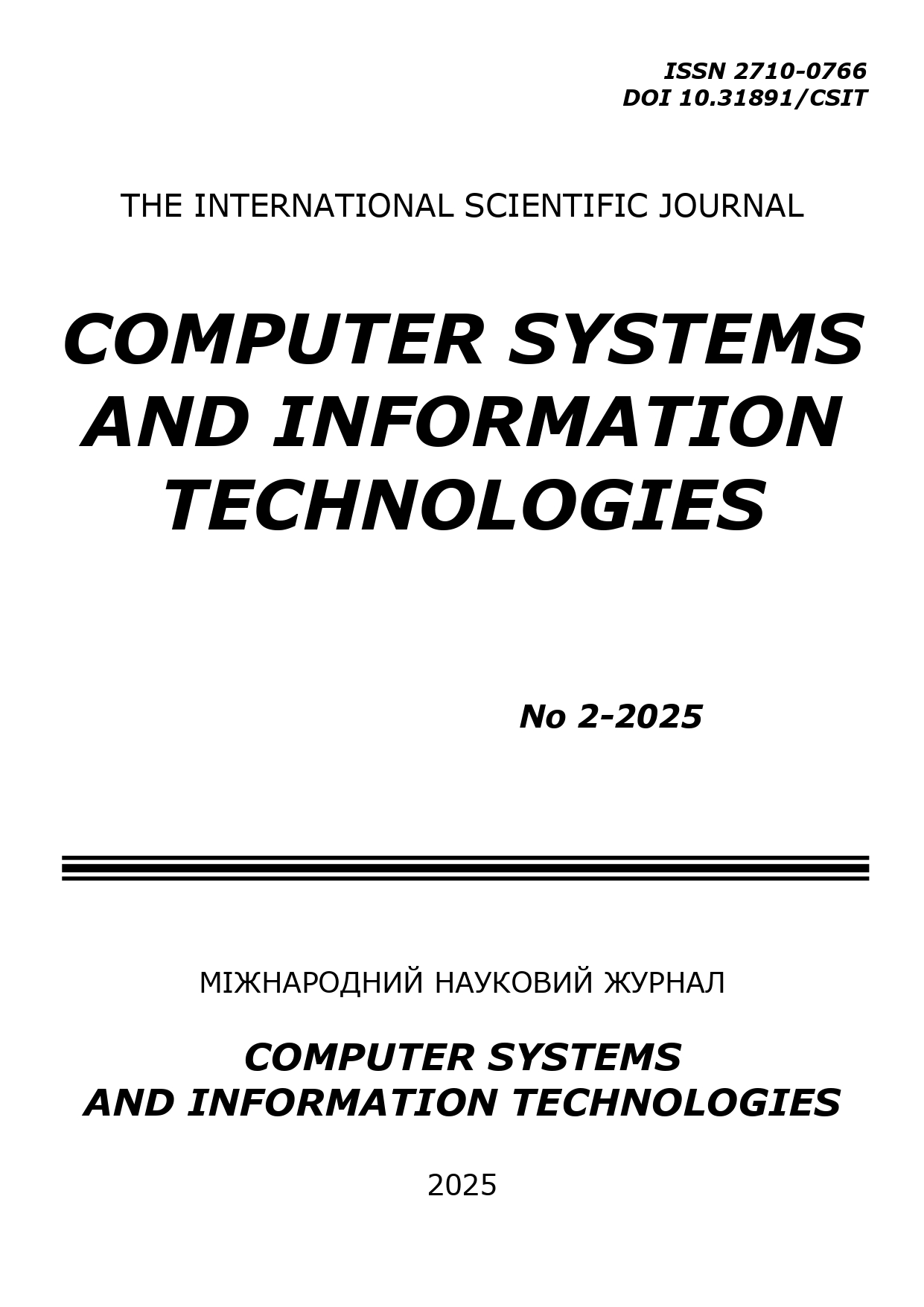ARTIFICIAL INTELLIGENCE APPROACH TO IDENTIFYING PROPAGANDA TECHNIQUES AND OBJECTS, TAKING INTO ACCOUNT ETHICAL AND LEGAL ASPECTS
DOI:
https://doi.org/10.31891/csit-2025-2-11Keywords:
artificial intelligence, ethical aspects, legal regulation, propaganda detection, natural language processing, neural network models, model interpretability, automated decision-making, information security, content moderationAbstract
The article explores the ethical and legal aspects of applying artificial intelligence (AI) technologies to detect propaganda techniques in textual content. The study presents a multi-level approach to identifying signs of propaganda in textual data, recognizing common rhetorical strategies of influence, and establishing semantic links between the detected techniques and their respective targets. The consistent use of neural network models is justified, as it ensures both classification accuracy and transparency of the obtained results through the application of local interpretability methods. The paper presents experimental results based on a corpus of Ukrainian-language news texts and informational messages from social media platforms. The proposed approach demonstrated alignment between the model's predictions and independent expert assessments, confirming its potential applicability in conditions with limited human oversight.
Special attention is given to the compliance of the proposed system with existing regulatory frameworks, including constraints on automated decision-making, the user's right to explanation, and the prevention of discriminatory effects resulting from biased training data. The study addresses risks associated with misclassification, potential impacts on freedom of expression, and the accountability of developers in cases where the system is applied in automated content moderation scenarios.
The integration of interpretability tools into neural network analysis is proposed as a core design principle to ensure adherence to ethical AI standards. Based on the obtained findings, the study concludes that the development of such systems requires the simultaneous consideration of technical effectiveness, legal compliance, and social responsibility, which are essential conditions for their safe implementation in the practice of analyzing public communications.
Downloads
Published
How to Cite
Issue
Section
License
Copyright (c) 2025 Марина МОЛЧАНОВА, Паван Кумар ДАТТ

This work is licensed under a Creative Commons Attribution 4.0 International License.

